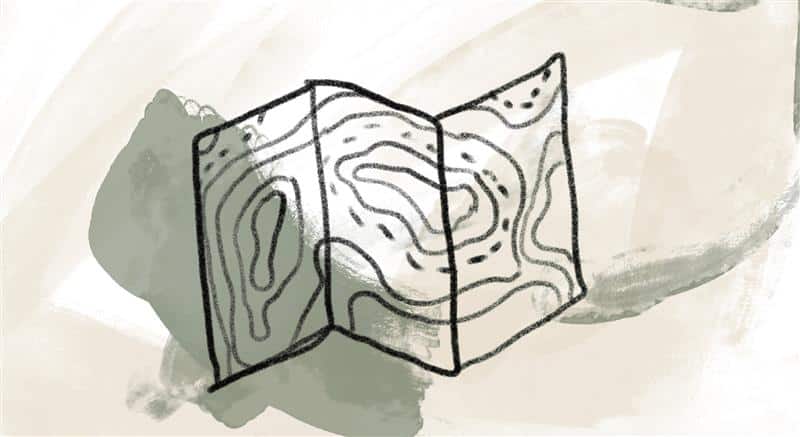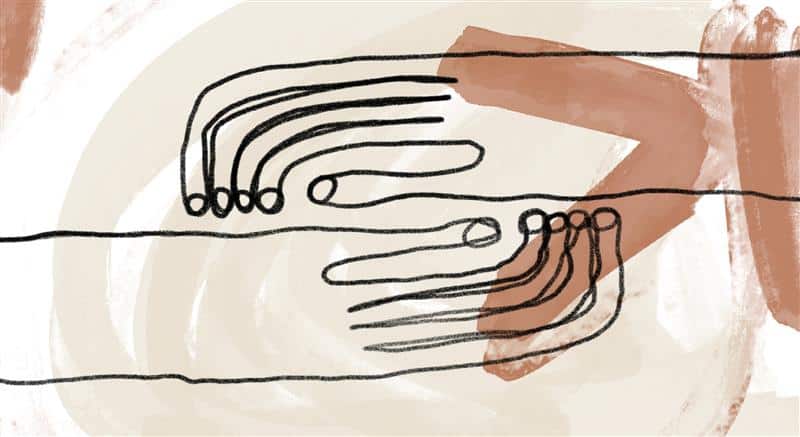
Today we commemorate the Transitus of St. Francis of Assisi (1182–1226), the date he passed from death into eternal life. Father Richard introduces us to the “wholemaking” life and death of Francis:
There are always new vocabularies, fresh symbols, new frames and styles, but Francis of Assisi must have known, at least intuitively, that there is only one enduring spiritual insight and everything else follows from it: The visible world is an active doorway to the invisible world, and the invisible world is much larger than the visible. I would call this mystical insight “the mystery of incarnation,” or the essential union of the material and the spiritual worlds, or simply “Christ.”
Our outer world and its inner significance must come together for there to be any wholeness—and holiness. The result is both deep joy and a resounding sense of coherent beauty. What was personified in the body of Jesus was a manifestation of this one universal truth: Matter is, and has always been, the hiding place for Spirit, forever offering itself to be discovered anew. Perhaps this is exactly what Jesus means when he says, “I am the gate” (John 10:7). Francis and his companion St. Clare carried this mystery to its full and lovely conclusions. Or, more rightly, they were fully carried by it. They somehow knew that the beyond was not really beyond, but in the depths of here.
Francis held many opposites together in himself, embodying what Richard calls a “unique wholeness”:
Francis had a unique wholeness. He was at once very traditional and entirely new in the ways of holiness, and he is still such a standing paradox. He stood barefoot on the earth and yet touched the heavens. He was grounded in the Church and yet instinctively moved toward the cosmos. He lived happily inside the visible and yet both suffered and rejoiced in what others thought was invisible. Again and again, he was totally at home in two worlds at the same time, and thus he made them into one world.
He, like all saints, delighted in both his Absolute Littleness and his Absolute Connection in the very same moment. Of course, they totally depend on one another. He and Clare died into the life that they loved instead of living in fear of any death that could end their life. They were both so very eager to love, and they somehow knew that dying to the old and unneeded was an essential part of living this love at any depth.
Francis and Clare show us how to die into our one and only life, the life that we must learn to love. It will show itself to be one continuous movement—first learning to love our life and then allowing ourself to fully die into it—and never to die away from it. Once death is joyfully incorporated into life, we are already in heaven, and there is no possibility or fear of hell. That is the Franciscan way.
Reference:
Adapted from Richard Rohr, Eager to Love: The Alternative Way of Francis of Assisi (Cincinnati, OH: Franciscan Media, 2014), xiv, xvii, xxii.
Image credit: A path from one week to the next—Alma Thomas, The Eclipse (detail), 1970, acrylic on canvas, Smithsonian. Alma Thomas, Snow Reflections on Pond (detail), 1973, acrylic on canvas, Smithsonian. Alma Thomas, Snoopy—Early Sun Display on Earth (detail), 1970, acrylic on canvas, Smithsonian. Click here to enlarge image.
Many pieces form a collective, which makes a whole. We heal together.
Story from Our Community:
As a cradle Catholic, a Navy junior, I never really thought much about my sexual orientation, and didn’t know anyone who was openly gay or identified as anything aside from traditional norms. Then, everything changed. After many relationships with men, I fell in love with a woman at 36 years old. That relationship sparked a journey of discovering who I really am. Many years later, my child is now a young adult attending a Catholic college, and I find myself accompanying her in her journey to reconcile being Catholic in a tradition that does not honor her parents’ relationship. I’m grateful for Richard Rohr’s loving guidance on navigating my own identity with my relationship with my faith community from a place of love. Today, I still have not identified what my sexual orientation is. I resist human labels that fail to recognize the wholeness of each human being. I am proud of who I am, and I am proud of my family. We are all children of God and I fiercely defend my Catholicism and relationship with our God.
—Suzanne N.




